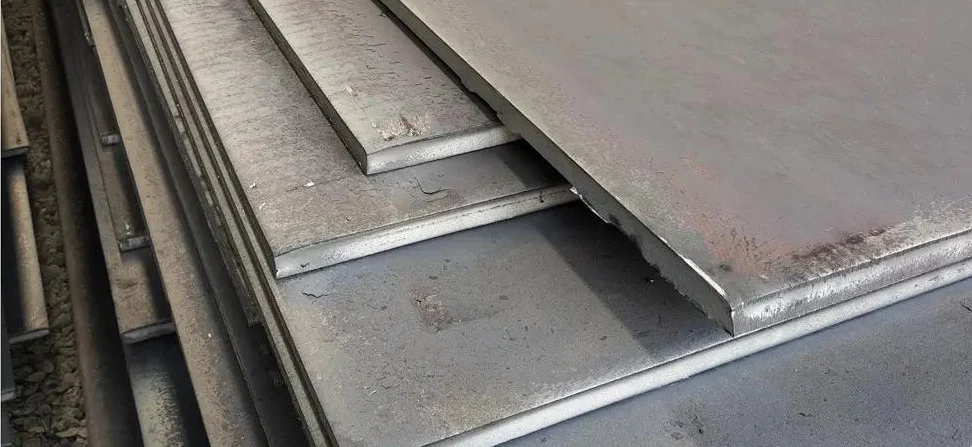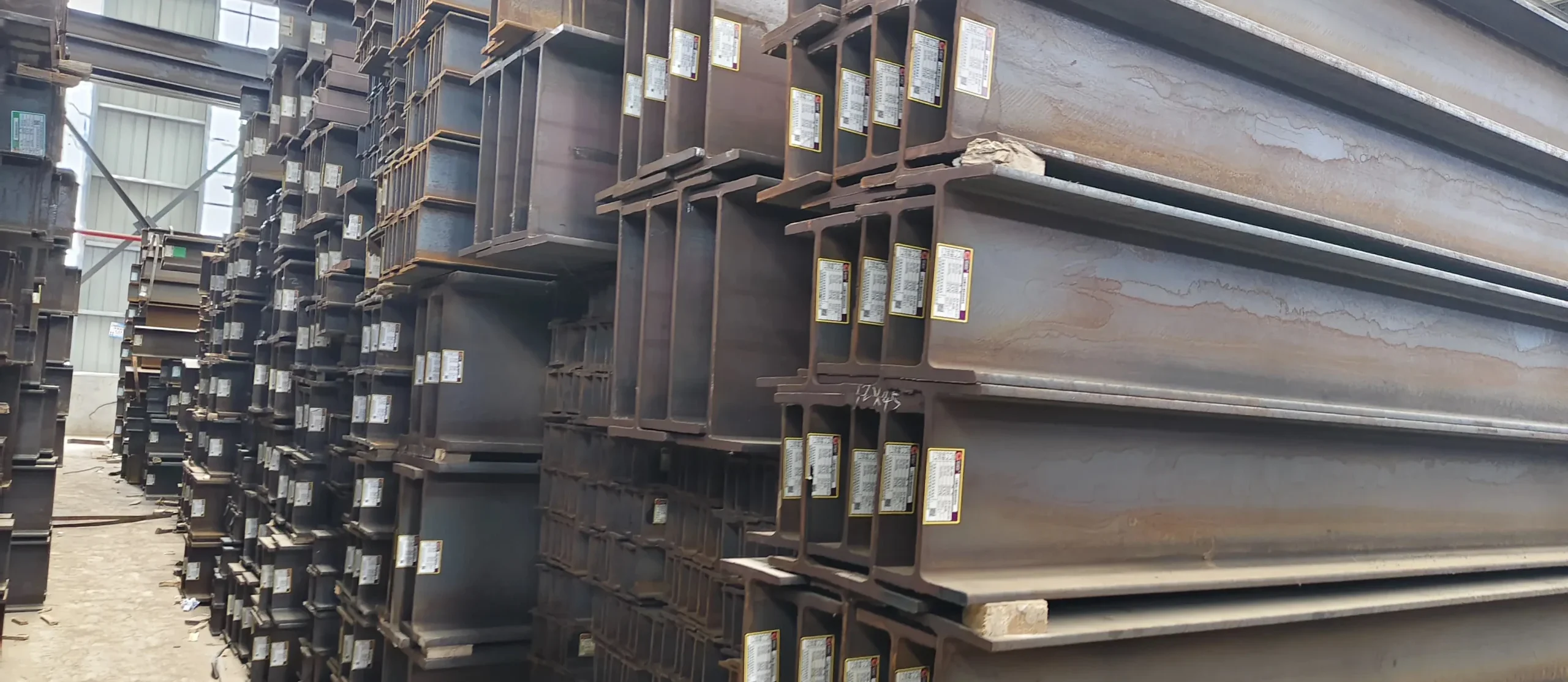Duplex Stainless Steel, referred to as DSS. In DDS, ferrite and austenite each account for about 50%, and one of them also requires at least 30% stainless steel.
- The main representative grades are 2205 duplex steel (S32205, S31803), 2507 super duplex steel (S32750).
- The main representatives of super stainless steel are 254SMO (S31254), 904L (N08904), AL-6XN (N08367) and 1.4529 (N08926).
There are three main types of corrosion resistance of duplex steel and super stainless steel:

- Pitting corrosion (critical pitting temperature CPT, pitting weight loss, pitting potential)
- Crevice corrosion (critical crevice corrosion temperature CCT, crevice corrosion weightlessness)
- Stress corrosion (boiling magnesium chloride, hydrogen sulfide stress corrosion)
For the above three corrosion methods, there are corresponding test methods for reference at domestic and abroad.
Pitting corrosion test
Standard for pitting corrosion test of duplex stainless steel:
ASTM G 48-2011 (2015) Method A: Standard Test Methods for Pitting and Crevice Corrosion Resistance of Stainless Steels and Related Alloys by Use of Ferric Chloride Solution
ASTM A923-2014 Method C: Standard Test Methods for Detecting Detrimental Intermetallic Phase in Duplex Austenitic / Ferritic Stainless Steels
ASTM A923-2014 Method A: Tissue Classification of Double Phase Steel Etching Sodium Hydroxide Etching Test
ASTM A923-2014 Method B: Charpy Impact Test of Duplex Steel Structure Classification
ASTM G5-2014: Standard Reference Test Method for Making Potentiostatic and Potentiodynamic Anodic Polarization Measurements
GB / T 17897-2016: Corrosion of metals and alloys-Corrosion testfor pitting corrosion resistance of stainless steels in the ferric chloridesolution
(This standard specifies the preparation, test methods, test instruments and equipment, test procedures, test results, and test reports of samples for the stainless steel ferric pitting corrosion test method.)
GB / T 17899-1999: Method of pitting potential measurement for stainless steels
(This standard specifies the samples, test solutions, test instruments and equipment, test conditions and procedures, test conditions and procedures, test results and test reports for the measurement method of pitting potential of stainless steel. This standard is applicable to the measurement of stainless steel at a neutral 3.5% The pitting potential in sodium solution.)
ASTM G150-99: Standard Test Method for Electrochemical CriticalPitting Temperature Testing of Stainless Steels
Crevice corrosion test
Standard for crevice corrosion test of duplex stainless steel:
ASTM G 48-2011 (2015) Method B: Standard Test Methods for Pitting and Crevice Corrosion Resistance of Stainless Steels and Related Alloys by Use of Ferric Chloride Solution
GB / T 10127-2002: Stainless steels–Method of ferric chloride crevice corrosion test
(This standard specifies the scope of stainless steel ferric chloride crevice corrosion test method, sample preparation and requirements, test equipment, test solution, test conditions and procedures, test result evaluation and test report. Suitable for measuring the corrosion rate of stainless steel and nickel base alloying chromium in iron trichloride solutions to test their resistance to crevice corrosion.)
Stress corrosion test
Standard for stress corrosion test of duplex stainless steel:
ASTM G30-97: Standard Practice for Making and Using U-Bend Stress-Corrosion Test Specimens
GB / T 17898-1999: Test method for stress corrosion of stainless steel in boiling magnesium chloride solution



